Vintage Jewerly Blog
Unlock the Secrets of Vintage Jewelry: A Journey Through Time
Have you ever gazed at one piece of exquisite vintage jewelry and wondered what kind of story it has witnessed? Perhaps it’s a decorative antique ring inherited from your grandma’s casket. Or you may come across one antique brooch in a store that is full of nostalgia. Its design seems to tell you the prosperity of one pasted period. Vintage jewelry is more than decor, it is a window to connect the past with today, a storyteller of time, as well as a secret trove that is waiting for discovery.
As an antique jewelry enthusiast, I am always attracted by the story behind every piece of art. Vintage-style jewelry is more than a fashion expression; it carries cultural and historical connotations. In this chapter, follow me and enjoy the journey of crossing time from the past to today. Exploring the fascinating history of vintage jewelry and delving into its timeless appeal.
What is vintage jewelry?
Vintage jewel refers to jewelry with a history of more than 20 years, which covers the artwork from 100 to the 1990s. They are prized for their unique design, fine workmanship and internal appeal. Every piece of retro jewelry carries a history, recording the story and memory of the owner. They pass from one generation to another and finally become the witness of time. Therefore, the uniqueness and scarcity of vintage jewelry also make it valuable for collection.
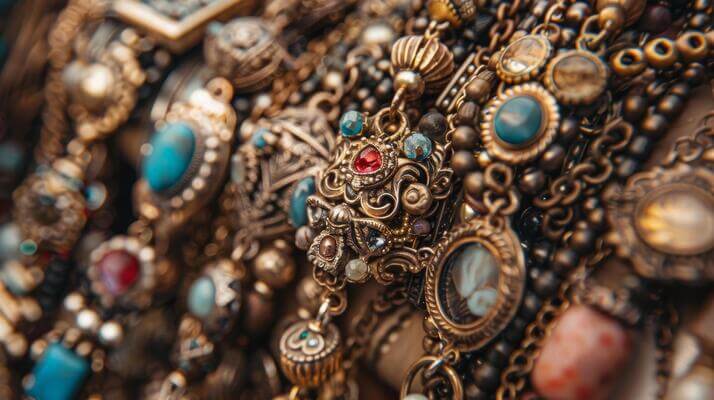
The Vinatge Jewelry Era
Based on style and design, the vintage jewelry can be divided into different period. Here are some popular jewelry era.

Georgian Era(1714-1837): The epitome of splendor and sophistication
Georgian jewelry was known for its complex design and exquisite workmanship that can totally show the prosperity and wealth of this era. In this era, the jewelry is made from golden and silvery. Precious stones such as diamonds, sapphires and rubies were rare, paste stones are replaced and widely used, especially in the clothes. There was a wide range of jewels in the Georgian time, including wrist watches with practical and ornamental, Relief jewelry with the theme of classical mythology or portraits, colorful gemstone rings, matching bracelets in pairs, different lengths of earrings, etc. It is worth mentioning that men in the Georgian era also cared about jewelry matching. It is not uncommon to see stone-encrusted shoe buckles and gemstone buttons used to show off status and taste.
Victoria Era(1837-1901): Pathos and symbolism
The Victorian era, marked by the reign of Queen Victoria, was a period of romance, sentimentality and complex symbolism. Jewelry from this period is often characterized by the following:
Pattern inspired by nature: In the Victorian era, the flower, leaf, bird and snake were the popular patterns, and each pattern has a specific meaning. For example, snakes represent eternally, and forget-me-nots represent true love.
Gemstones with hidden information: Acrostic jewelry is quite popular, and the first letter of each gem spells out a word or message used to express emotion.
Mourn stone: Gemstones like Coal, onyx, and black enamel are used for mourning jewelry, which is usually inlaid with portraits of deceased loved ones.
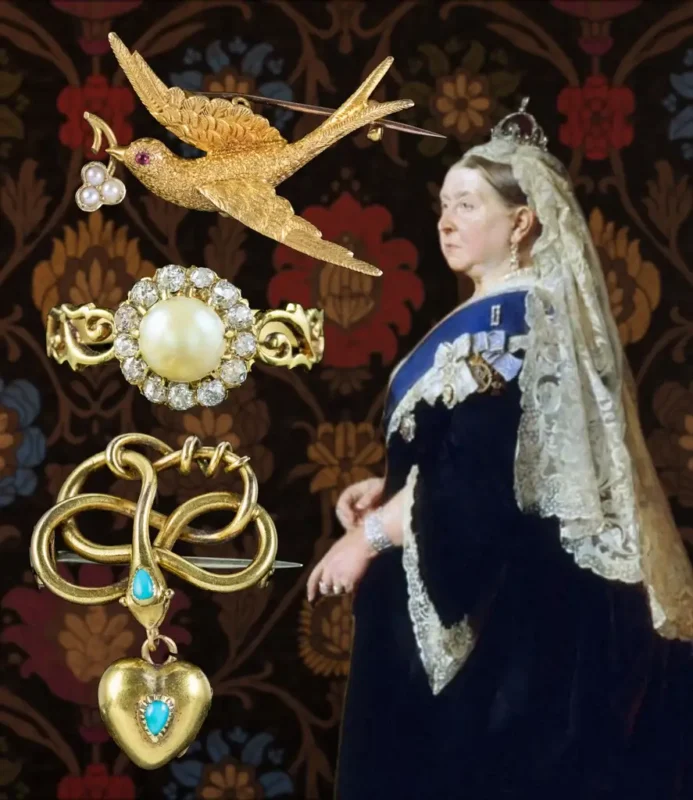
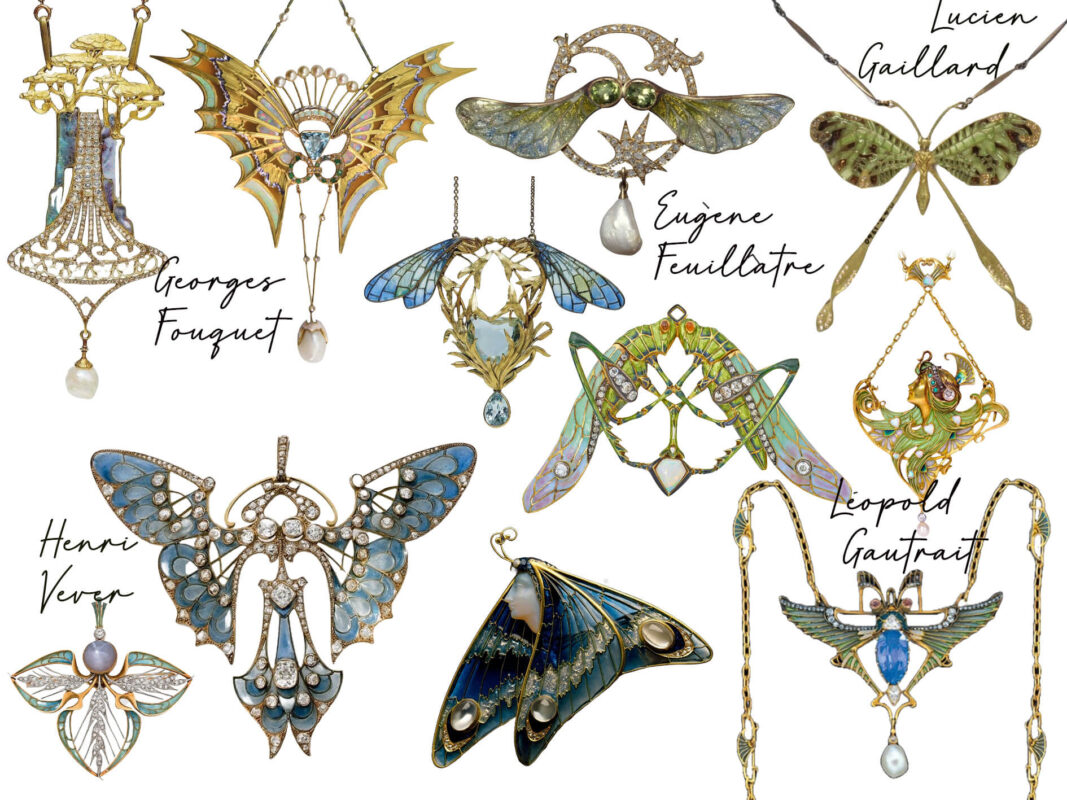
Art Nouveau(1890-1910): Sinuous curves and natural forms
Art Nouveau is open to the organic form, flowing lines and yearning for the natural world. The specification of retro jewelry of this period is characterized as following:
- Sinuous curves: The design of Art Nouveau jewelry is Inspired by nature, so the asymmetrical lines remind you of featured flowing, reminiscent of vines and the female figure.
- Exotic materials: Exotic materials were prevalent in jewelry making during the Art Nouveau period. Designers used unconventional materials such as horn, ivory, glass and enamel in combination with precious metals and stones to create unique jewelry decorations.
- Myths and Symbols: Dragons, peacocks and other mythical creatures are popular motifs that often symbolize strength, beauty and transformation. So that’s why jewelry is mostly decorated with such motifs.
Art Deco(1920-1939): Geometric Charm and Modern Style
In the Art Deco era, influenced by the mechanical age and global culture, jewelry designers used bold geometric shapes and vibrant colors to create a strong sense of visual impact. In addition, jewelry also paid more attention to modern sophistication. Jewelry from this period is known for the following characteristics:
There is no doubt that the Art Deco era is the most representative period of antique jewelry. Deeply influenced by the architectural and Art Deco movements of the time, the design of jewelry showed great changes and innovation. Art Deco jewelry is notable for its distinctive geometric shapes and bright, colorful designs, while the extensive use of materials such as ivory, jade and coral add unique texture and color.
The most classic elements of Art Deco jewelry include dress clips, long“tassel” style necklaces, chunky bakelite bracelets, delicate geometric necklaces, linear bracelets, and slender geometric earrings. These designs not only reflect the modern aesthetics of the time but also demonstrate the perfect combination of craft and art!
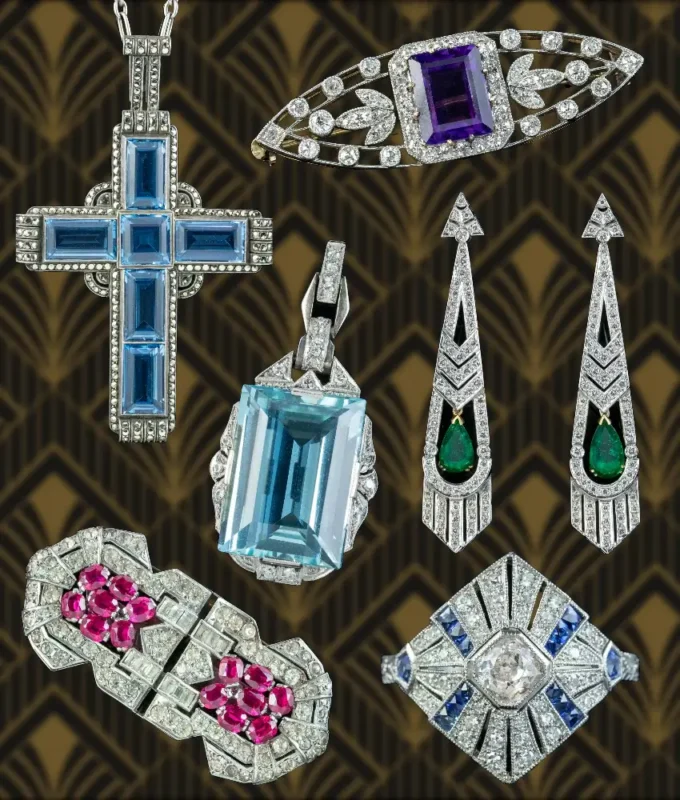
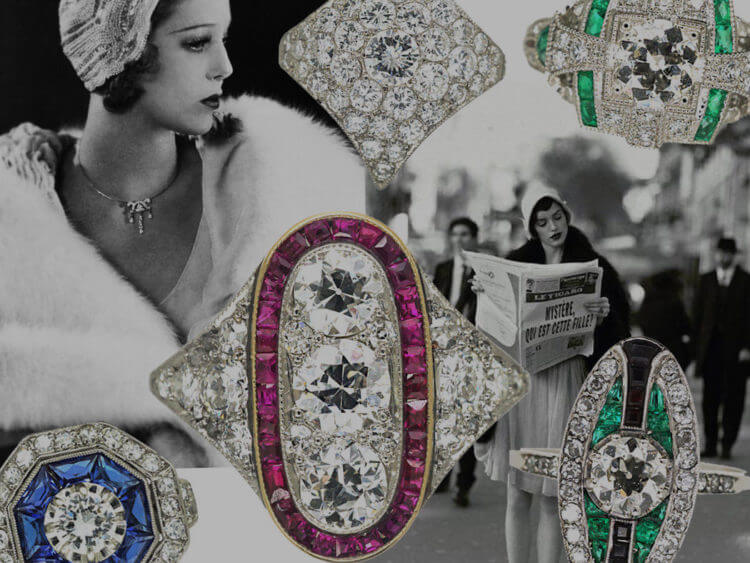
Retro Period(1940-1950s): A statement of Hollywood charming and boldness
Vintage jewelry was all the rage in the 1940s and 1950s. The glamour of Hollywood has deeply influenced it, and the design of jewelry often featured large, colorful gemstones combined with extensive use of precious metals such as gold, silver and platinum. Besides, floral patterns, figures and large-size rings are also very common, and the entire style is full of drama and exaggeration. The style of fashion jewelry is with unique charm.
Mid-century (1950s-modern): Revival of bold and freedom
By the 1950s, the gloom of war had completely lifted. Although it was very slow the recover the economy, the social atmosphere was full of optimism and vitality. Jewelry design remained bolder, larger in size, and more colorful than the 1940s.
The jewelry design trend of the 1950s not only showed the growth of the middle class but also witnessed the revival of high-end materials like platinum and diamonds. Therefore, for financially well-off consumers, the large, colorful gemstone jewelry with diamond overlay and a long string of natural pearls is quite popular.
At the same time, to meet the diverse demands of the market, man-made jewelry is becoming increasingly sophisticated. It even makes it difficult to tell the real from the fake.
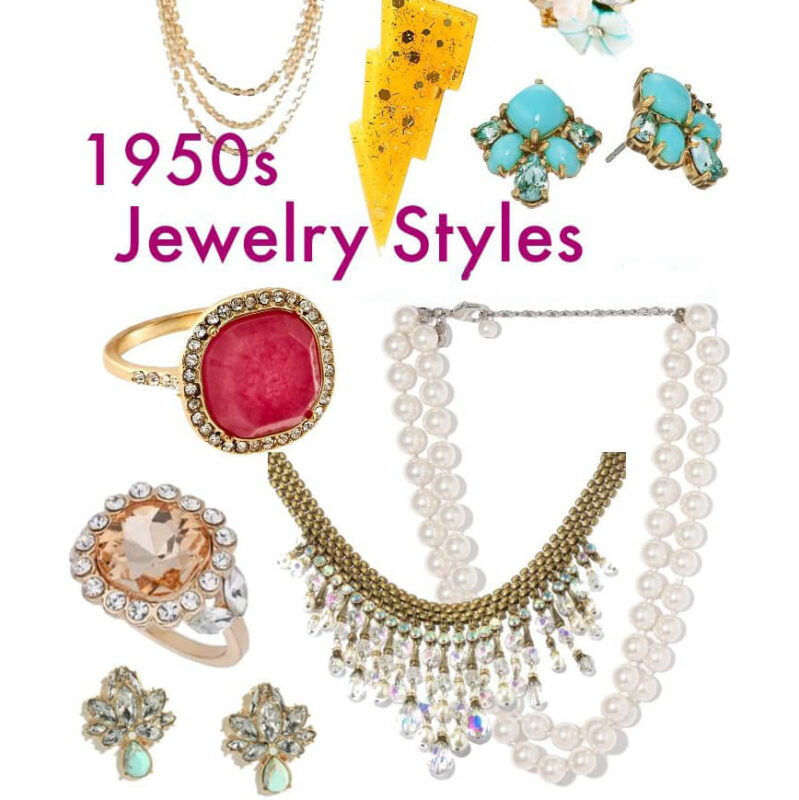
Check our latst pick!
How to tell whether your jewelry is vintage?
Hallmark: First of all, the simplest way of identifying antique jewelry is to check the marks, signatures, seals or engraving on the jewelry with a magnifying glass. These marks can help you identify the make, year, origin and designer. This is critical to define its era.
For example, the brand mark of Cartier has changed over time. By researching and comparing these changes, you can get valuable information. Carefully check whether the logo of the jewelry is real because modern exquisite craftsmanship makes many fakes difficult to distinguish.
Material: The material at different times may vary. The jewelry in Art Deco is usually made of platinum or white gold. While, during World War, platinum was classified as a strategic metal for making weapons, it was banned for making jewelry. Due to the scarcity of natural gemstones, the works during the Art Deco period and 1940s used synthetic gemstones. The main material in the Retro Period was gold, but due to a lack of supply, cheaper materials such as silver and brass were widely used after being gilded. In the 1940s, plastic, glass, wood, silver, and enamel are typically materials for making colorful eye-catching designs.
Wear and tear: Observing the wear and tear of medieval is also an important method the determine its age. Antique works often have obvious signs of use. So pay special attention to the claws on the antique rings, hooks on vintage earrings and clasps on vintage bracelets. Details such as the smooth closure of the clasp, the gloss of the pearl, and the scratch of the gemstone can provide clues to the age.
Design and style: The design of jewelry evolves over time, but some of the classic designs pop up again and again. For instance, the geometric design and symmetrical structures popular in the 1920s-1930s also inspire modern design. From observing the making process of one piece of work, the engraving details, sealing type, button type, and chains, one can get the sign of age.
Repair or alterations signs: Besides, check if they have repair or alterations signs like those repaired with lead solder, which can demonstrate it’s an antique work. Brooches from the early 20th century often came with handcrafted pins, tube hinges, and C-buckles, while early versions of modern safety buckles became common in the late 1920s and early 1930s. In the 1970s, the lobster clasp became one of the iconic designs of modern jewelry. In the history of jewelry, some iconic works represent the essence of vintage jewelry.
Hope these tips can help you next time meet eye-catching jewelry, with better determine its s value!
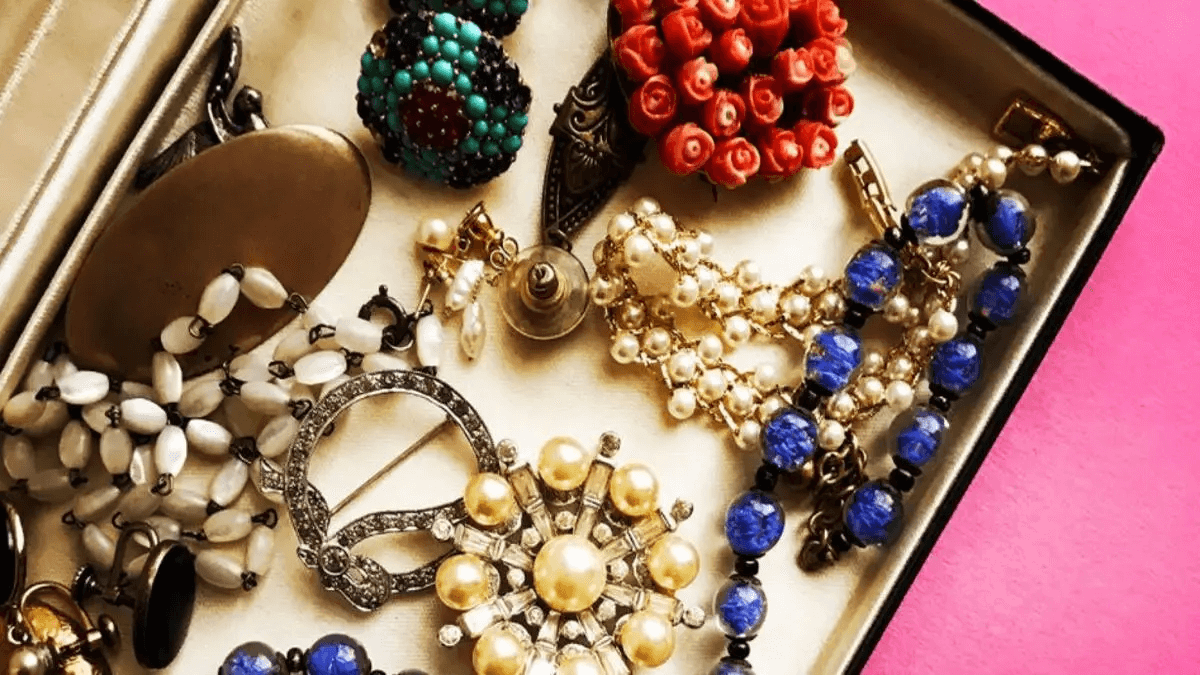
Advice on how to choose vintage jewelry
There’s something magical about buying things from the past with history and stories, and there are some advice on how to buy vintage jewelry.
Consider the occasion
When you are looking for the perfect piece, be clear about your needs and occasions.
If you are looking for classic jewelry that is suitable for everyday wear, avoid overly dramatic designs and fragile stones, which are not practical. On the other hand, if you are looking for personalized accessories to show your unique taste, you can consider the diamond cocktail rings vintage or vintage collar necklace, I am sure you will shine at the cocktail party.
Unearth the story of jewelry
Whether you’re a history buff or not, delving into the world of vintage jewelry is a thrilling journey that will enrich your understanding of the past. Each vintage jewel carries a unique history and narrative. Imagine your crystal necklace witnessing the rise and fall of Georgia, or your ring enduring the smog of Victorian London. Discovering the hidden history of each piece not only adds to its allure but also imbues it with a deeper sense of significance. Once you grasp the styles and symbols of different eras and understand your preferences, you’ll be equipped to make an informed decision.
Buy from trusted jewelry sellers
The vintage jewelry market is a mixed bag, with many unscrupulous sellers passing off low-quality pieces as genuine or even replacing authentic vintage items with replicas. Unfortunately, it can be incredibly difficult for the average customer to distinguish between what’s real and what’s fake. It is recommended that novice jewelry collectors purchase from reputable antique shops such as velshine or auction houses to ensure the authenticity and quality of the jewelry.

How to collect and maintain antique jewelry?
Collecting retro jewelry is not only about cherishing history but also a heritage for art. To make these valuable jewelry lasting, proper care is crucial. So, I will share with you some detailed care suggestions to help you take care of your antique jewelry.
Proper storage
The storage environment of antique jewelry is closely related to its life. The best choice is to place it in a dry and cool place and avoid a direct explosion and a moist environment. Well, UV from sunlight may cause the gemstone to fade or the metal to oxidize, while moisture may trigger metal corrosion or the stone to loosen. Strongly recommend using a jewelry box with a lining or soft cloth and storing every jewelry separately to prevent scratches.
Clean carefully
Since many vintage jewelry are complex in structure and fragile in material, you need to be very cautious to clean them. Minimize the use of water, especially for jewelry with glue and fragile inlays. You can use a soft brush and tiny cotton swabs to remove dust and dirt. What’s more, every clean may cause friction, so clean them when necessary.
Remember to ensure the jewelry is completely dry after cleaning; since some of the jewelry has glue or some easily deformed material, avoid using a hair dryer to dry it. We highly recommend you air dry.
Avoid chemical contact
Daily chemicals like perfumes, lotions, and cosmetics may cause damage to vintage jewelry, so finish makeup and perfume before jewelry to minimize the contact of chemicals. Moreover, take them off to avoid water and cleaning agents when swimming, bathing or doing household chores.
Regular check and maintenance
The structure and overlay of medieval jewelry may be loose or friction as time goes on. So, regularly checking that the stones are secure, the chain is intact, and fixing any minor problems in a timely manner can prevent greater damage. For particularly precious or intricate jewelry, annual professional inspection and maintenance are recommended.

Conclusion:
Vintage jewelry is more that a fashion statement but also a history bearer. It tells the story acrossing generations and then become parts of a person’s history and life experience. Meanwhile, it’s a symbol of wealth,happpiness and status.
From ancient civilizations to modern society, vintage jewelry has stood the test of time, retaining its charm and inspiring people. Whether you’re a collector or an admirer of its beauty and historical value, antique jewelry is a timeless art form that will be cherished by future generations.

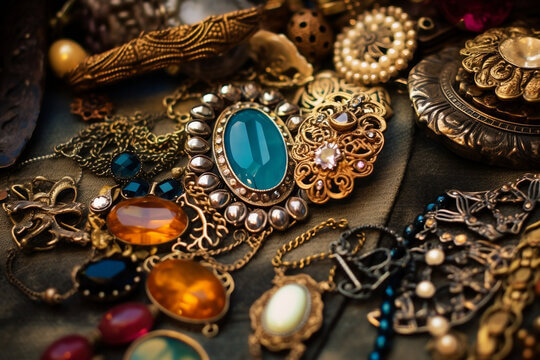


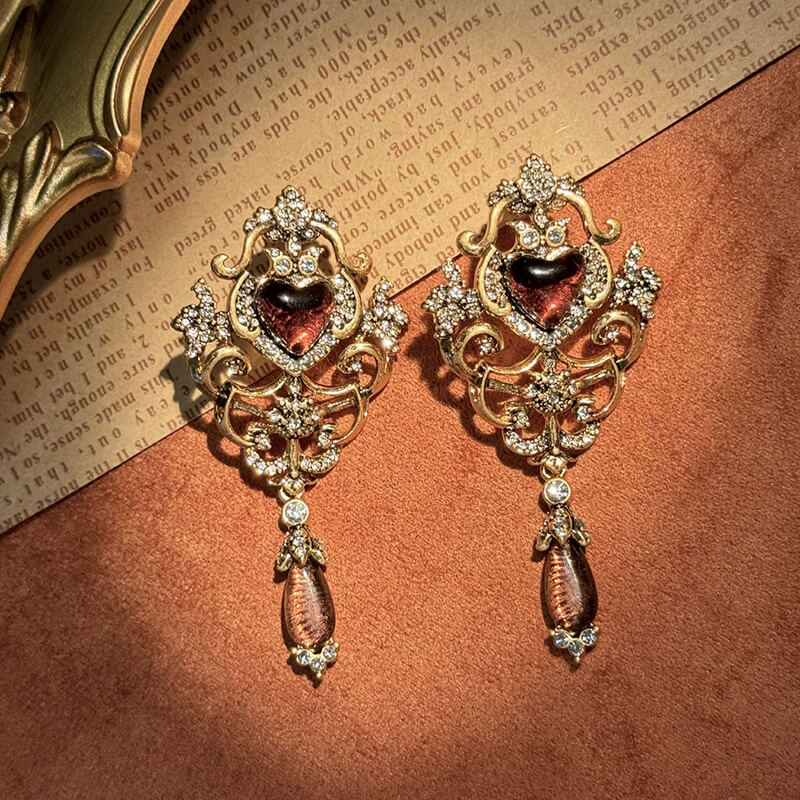
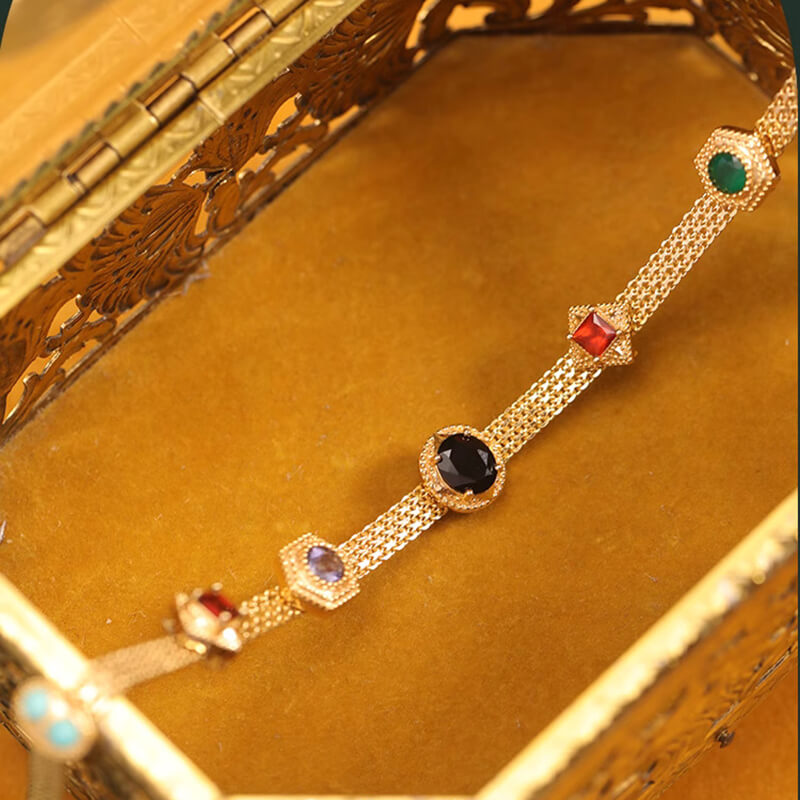
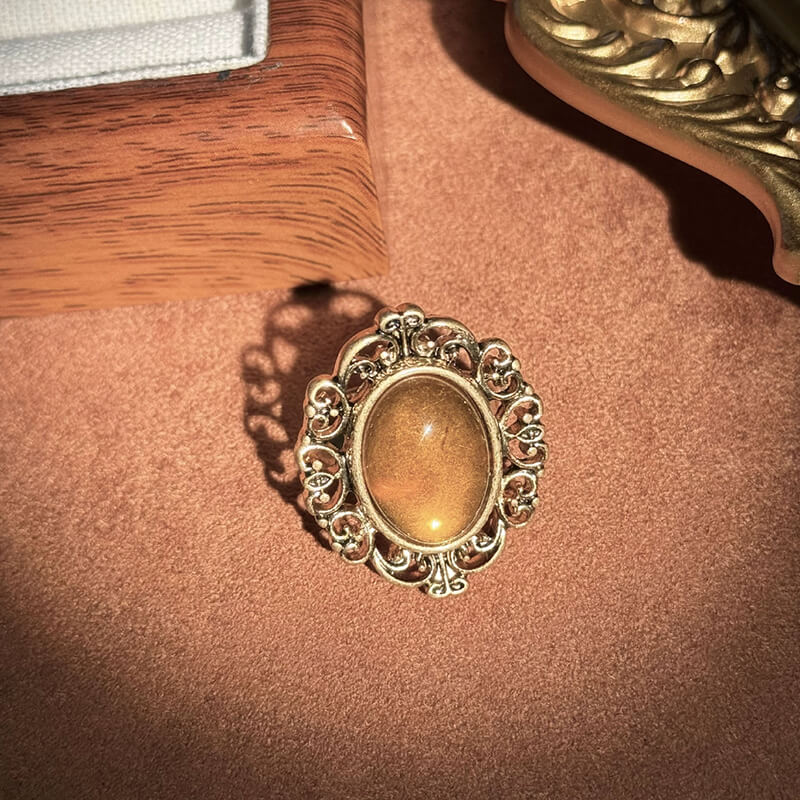
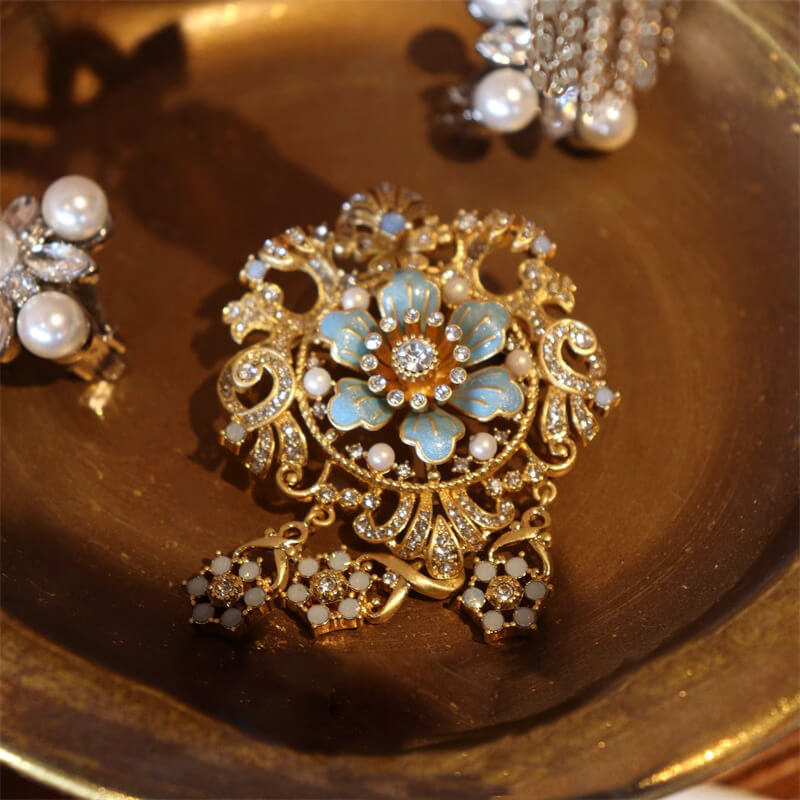
Pingback: Vintage Meets Tech — Jewelry Reinvented - velshine
Your writing is like a well-tuned instrument, each word and sentence perfectly balanced to create something beautiful.
There’s a quiet grace in your writing that makes it feel as though it’s been carefully curated just for the reader.